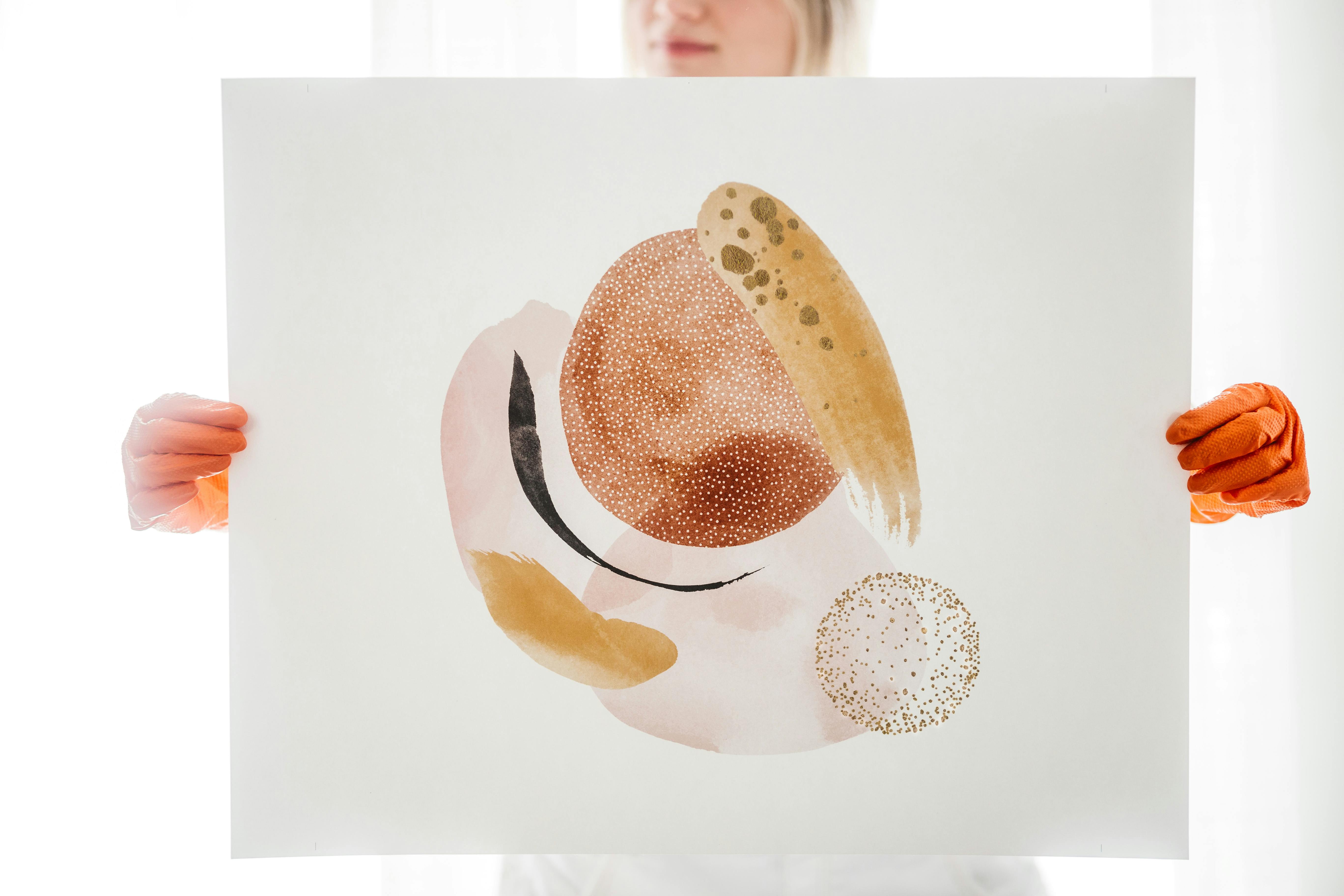In two-story residential construction, handrails and balustrades are one of the most common damaged fixtures. Dents, scratches, and splashes can occur from drywall installation, moving furniture, tool belts, construction materials, and more. Below is a discussion of surface protection products used to protect handrails and balustrades during construction projects.
A common method of protection is simply to use a plastic sheet taped over the handrail. This does not provide any impact protection and leaves the railing vulnerable to damage. This is the method drywall installers use to protect handrails only; it is not a good choice for project-wide protection.
Another railing protection option is to use bubble wrap and tape. This is somewhat effective for impact protection, but can be labor intensive if the project has many handrails to protect, such as a large-scale condominium complex.
Molded Styrofoam is a molded handrail protection product that resembles a pool noodle. It can be wrapped around the top handrail but leaves the balustrades unprotected. Styrofoam is great for top rail impact protection; however, since the balustrades are left unprotected, it does not serve to protect the entire railing system. This is the most expensive handrail protection per square foot.
Another option is an impact-resistant, adhesive bubble wrap product. This effectively protects the handrails and avoids the risk of adhesive transfer. This option requires minimal labor and has a professional appearance. An adhesive bubble wrap handrail cover can protect stained/unstained wood or metal handrails. Bubble Adhesive works equally well on commercial and residential construction projects.
What happens after the construction is complete? Handrails can also be damaged if homeowners carry furniture up and down the stairs. A great way for builders to emphasize their commitment to customer service is to leave guardrails in place while homeowners move out. Since the owner will need to sign off the condition of the handrail and other accessories, it is best to use a handrail protection product that can be easily removed and reinstalled for owner move-in. This helps them prevent damage to your home and increases customer satisfaction.
These are just a few ways to prevent handrail damage during construction and renovation projects. The use of surface protection is a great way for builders to save time and money by avoiding the need to replace or repair expensive handrails and balustrades.


